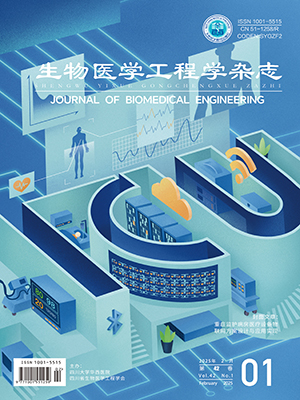One of the most important environmental cleanliness indicators is airborne microbe. However, the particularity of clean operating environment and controlled experimental environment often leads to the limitation of the airborne microbe research. This paper designed and implemented a microenvironment test chamber for airborne microbe research in normal test conditions. Numerical simulation by Fluent showed that airborne microbes were evenly dispersed in the upper part of test chamber, and had a bottom-up concentration growth distribution. According to the simulation results, the verification experiment was carried out by selecting 5 sampling points in different space positions in the test chamber. Experimental results showed that average particle concentrations of all sampling points reached 107 counts/m3 after 5 minutes’ distributing of Staphylococcus aureus, and all sampling points showed the accordant mapping of concentration distribution. The concentration of airborne microbe in the upper chamber was slightly higher than that in the middle chamber, and that was also slightly higher than that in the bottom chamber. It is consistent with the results of numerical simulation, and it proves that the system can be well used for airborne microbe research.
Citation: ZHAN Ningbo, CHEN Feng, DU Yaohua, CHENG Zhi, LI Chenyu, WU Jinlong, WU Taihu. Development of a microenvironment test chamber for airborne microbe research. Journal of Biomedical Engineering, 2017, 34(5): 778-783. doi: 10.7507/1001-5515.201609005 Copy
Copyright © the editorial department of Journal of Biomedical Engineering of West China Medical Publisher. All rights reserved




